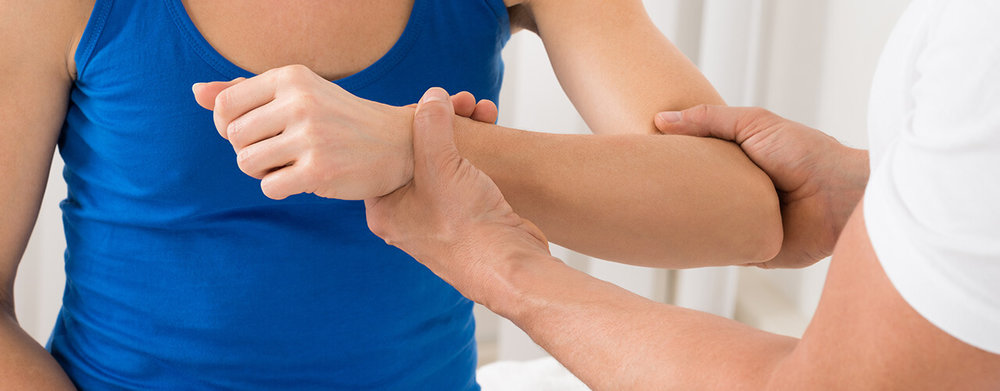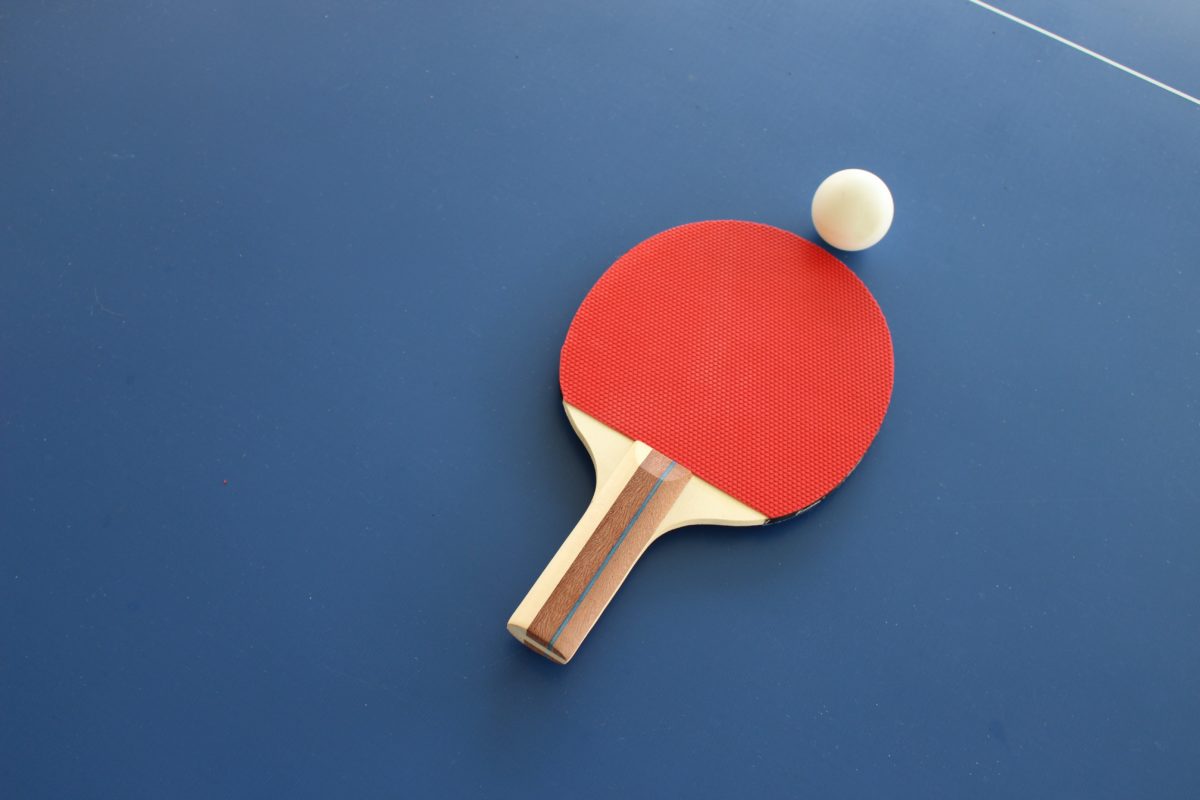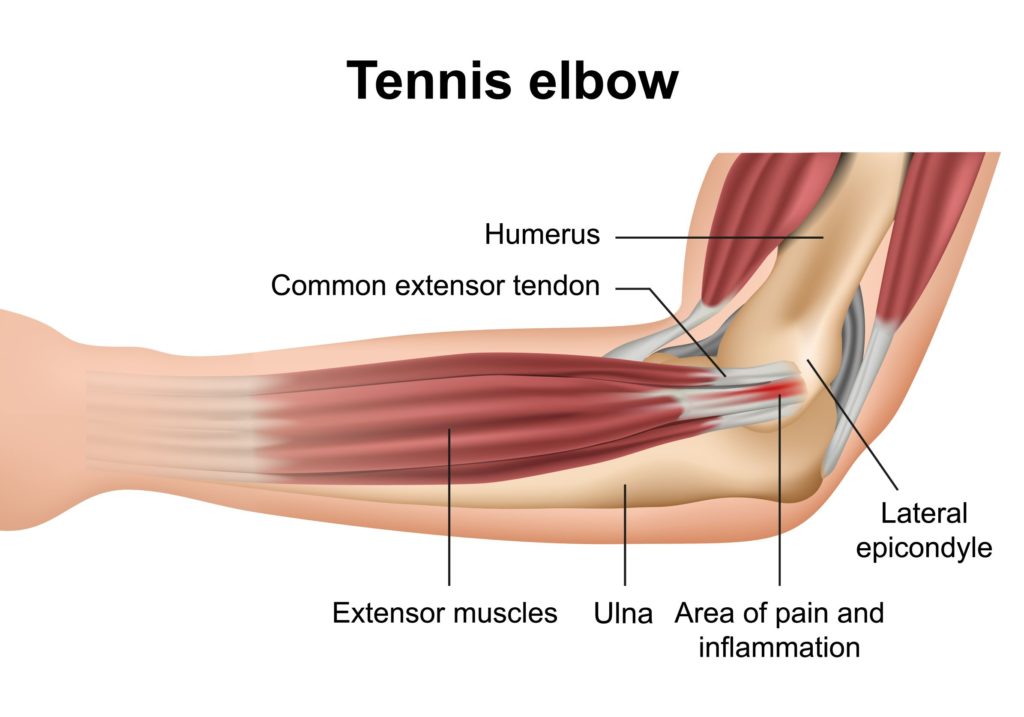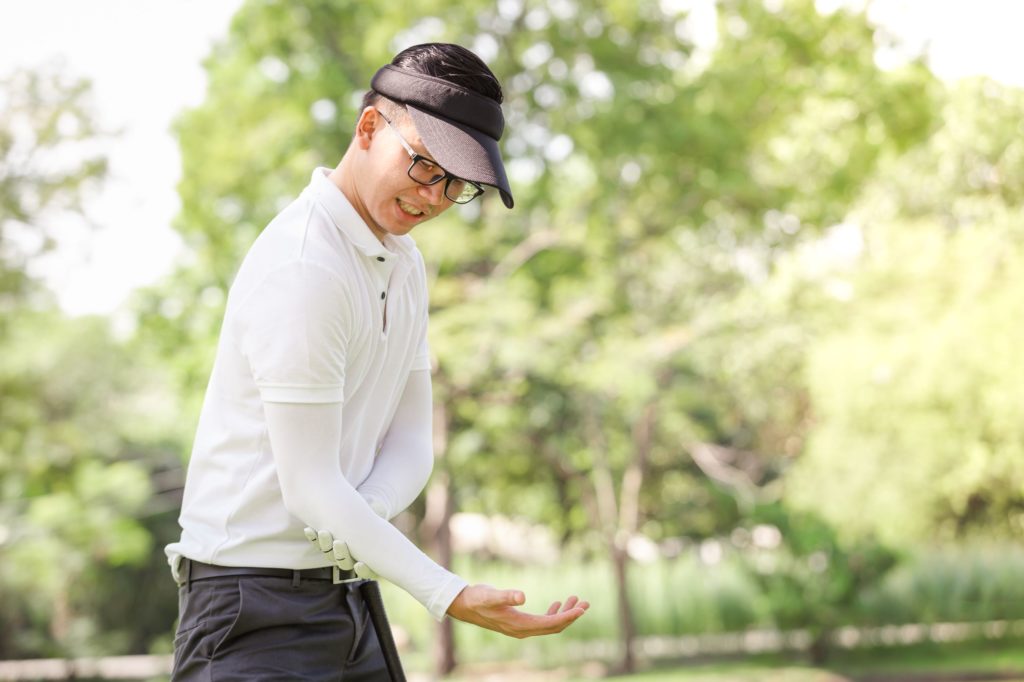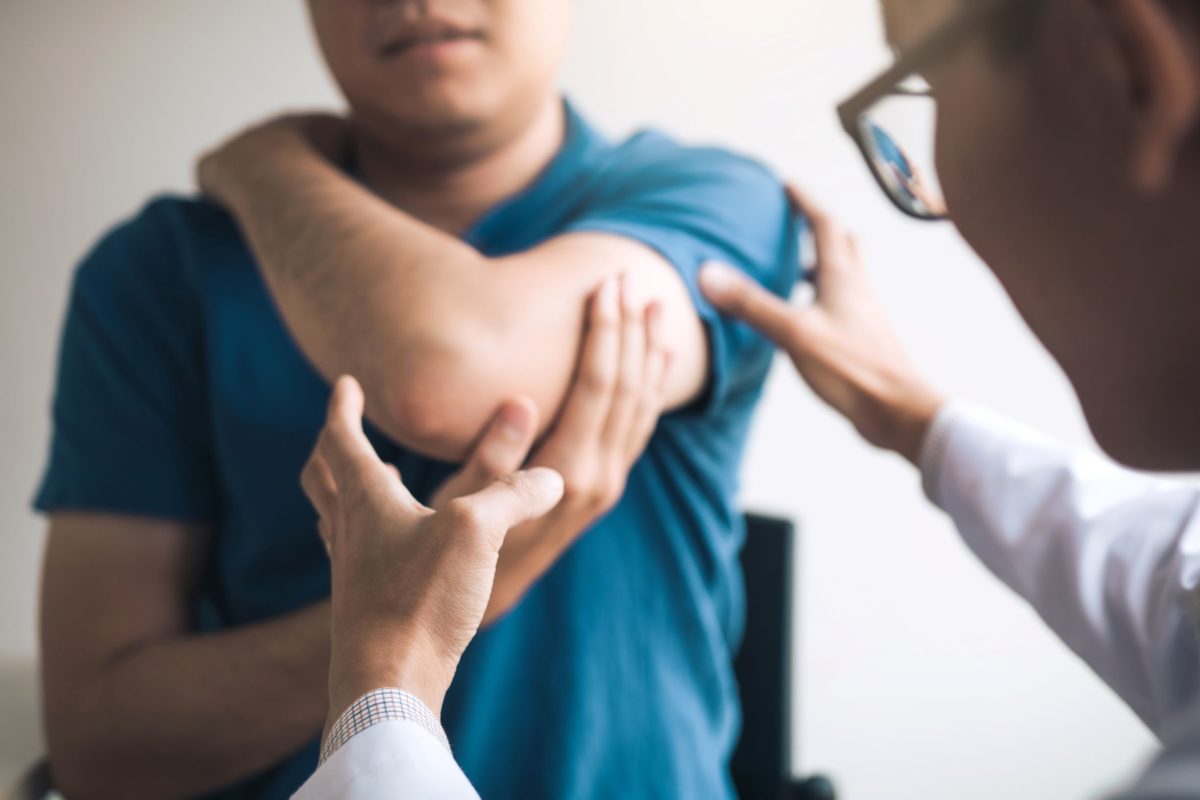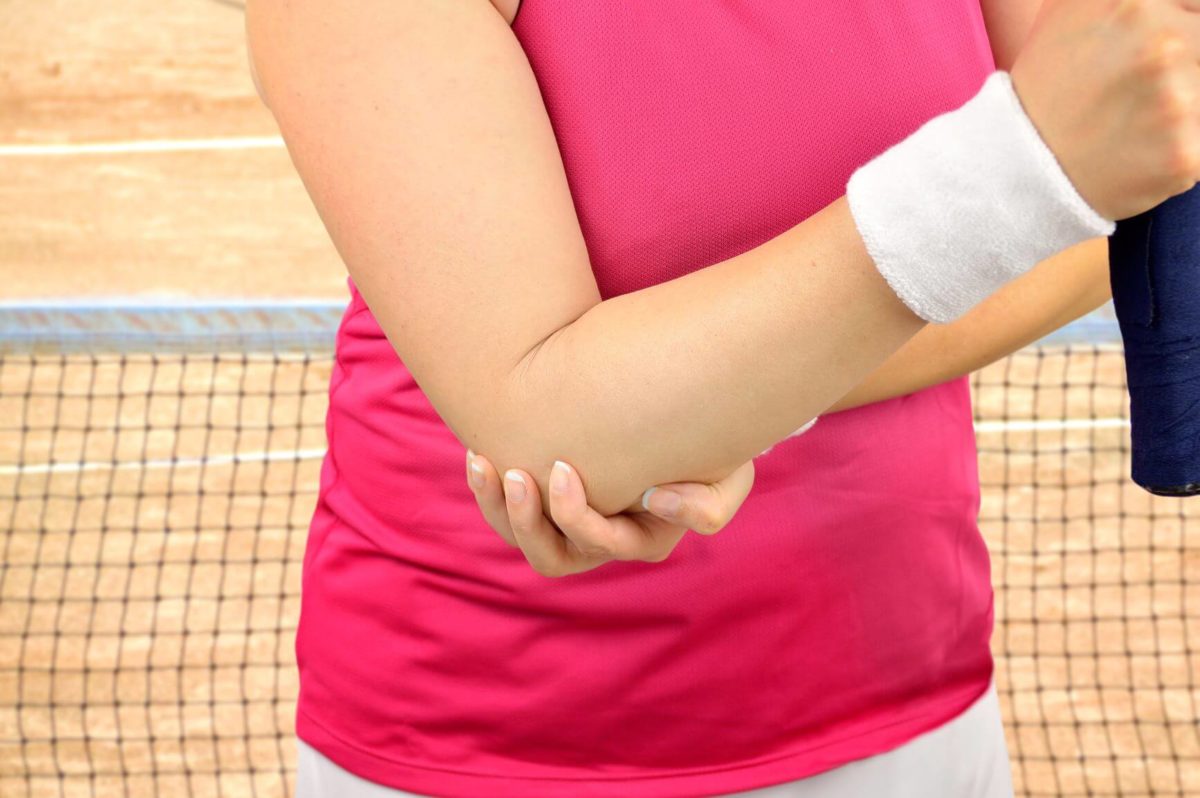As temperatures drop here in Michigan, many people notice that their joint and nerve symptoms become more pronounced. While winter weather is often blamed for stiff hands or cold-induced numbness, certain medical conditions can also worsen during the colder months. One of the most common is cubital tunnel syndrome, a form of ulnar nerve compression that causes pain, numbness, tingling, and weakness in the hand, forearm, and elbow. If you’re wondering, “Is my elbow pain related to cubital tunnel syndrome?” then this is the blog for you.
At Arora Hand Surgery, we frequently see an increase in patients seeking evaluation for elbow pain and nerve-related symptoms during the winter season. Understanding why this happens — and what you can do about it — is key to protecting the health and function of your hand and arm.
What Is Cubital Tunnel Syndrome?
Cubital tunnel syndrome occurs when the ulnar nerve becomes compressed as it passes through the cubital tunnel at the inside of the elbow. This is the same nerve responsible for the “funny bone” sensation. When irritated or compressed, it can cause:
• Numbness or tingling in the ring and pinky fingers
• Pain on the inside of the elbow
• Weak grip strength
• Difficulty with fine motor tasks
• Hand clumsiness or fatigue
Left untreated, the condition can progress, resulting in muscle wasting and long-term loss of function.
Why Symptoms Feel Worse in Cold Weather
Cold temperatures affect the way nerves and soft tissues behave. In Michigan’s winter climate, the body experiences:
1. Muscle Tightening and Reduced Circulation
In cold temperatures, blood flow decreases and muscles tighten. This can place additional pressure on already sensitive nerves, making ulnar nerve compression more noticeable. Patients often describe sharper pain or more frequent tingling in their fingers during the winter months.
2. Increased Joint Stiffness
Cold weather can contribute to stiffness in the elbow joint, which can further narrow the cubital tunnel and irritate the ulnar nerve. This makes symptoms such as elbow pain and hand weakness more pronounced.
3. Winter-Specific Activities
Certain winter habits — scraping ice off a windshield, shoveling snow, resting elbows on cold surfaces, or hunching over while driving in bulky coats — all increase strain on the elbow. These repetitive movements can worsen symptoms of cubital tunnel syndrome.
If you are searching online for “elbow pain in cold weather” or “why are my fingers numb in the winter,” cubital tunnel syndrome may be the underlying cause.
When to See a Hand Surgeon or Hand Doctor Near You
Early diagnosis is essential. If your symptoms are becoming more frequent, more painful, or more disruptive during the winter, it’s important to seek an evaluation. Many patients search for a “hand doctor near me” when symptoms interfere with driving, work, or daily activities.
At Arora Hand Surgery, located throughout Metro Detroit, we offer comprehensive evaluation and treatment options, including:
• Activity modification and ergonomic recommendations
• Splinting to reduce elbow flexion
• Anti-inflammatory treatment
• Physical therapy
• Corticosteroid injections in select cases
• Minimally invasive surgery for severe or persistent compression
Most cases can be managed without surgery when addressed early.
Protecting Your Hands and Elbows This Winter
A few simple steps can help reduce cold-weather flare-ups:
• Keep your arms and hands warm with gloves or sleeves
• Avoid resting your elbows on hard surfaces
• Take breaks from repetitive winter tasks
• Try to keep your elbows straight when sleeping
• Maintain good posture at work and in the car
If your symptoms persist despite these strategies, professional care is recommended.
Schedule a Cubital Tunnel Syndrome Consultation
Cubital tunnel syndrome can worsen in winter, but with proper diagnosis and treatment, relief is possible. If you’re experiencing elbow pain, tingling in your fingers, or symptoms that get worse in cold weather, contact Arora Hand Surgery today.
Call us to schedule an appointment with Dr. Avery Arora — a trusted hand surgeon in Metro Detroit — and take the first step toward restoring comfort and function.





